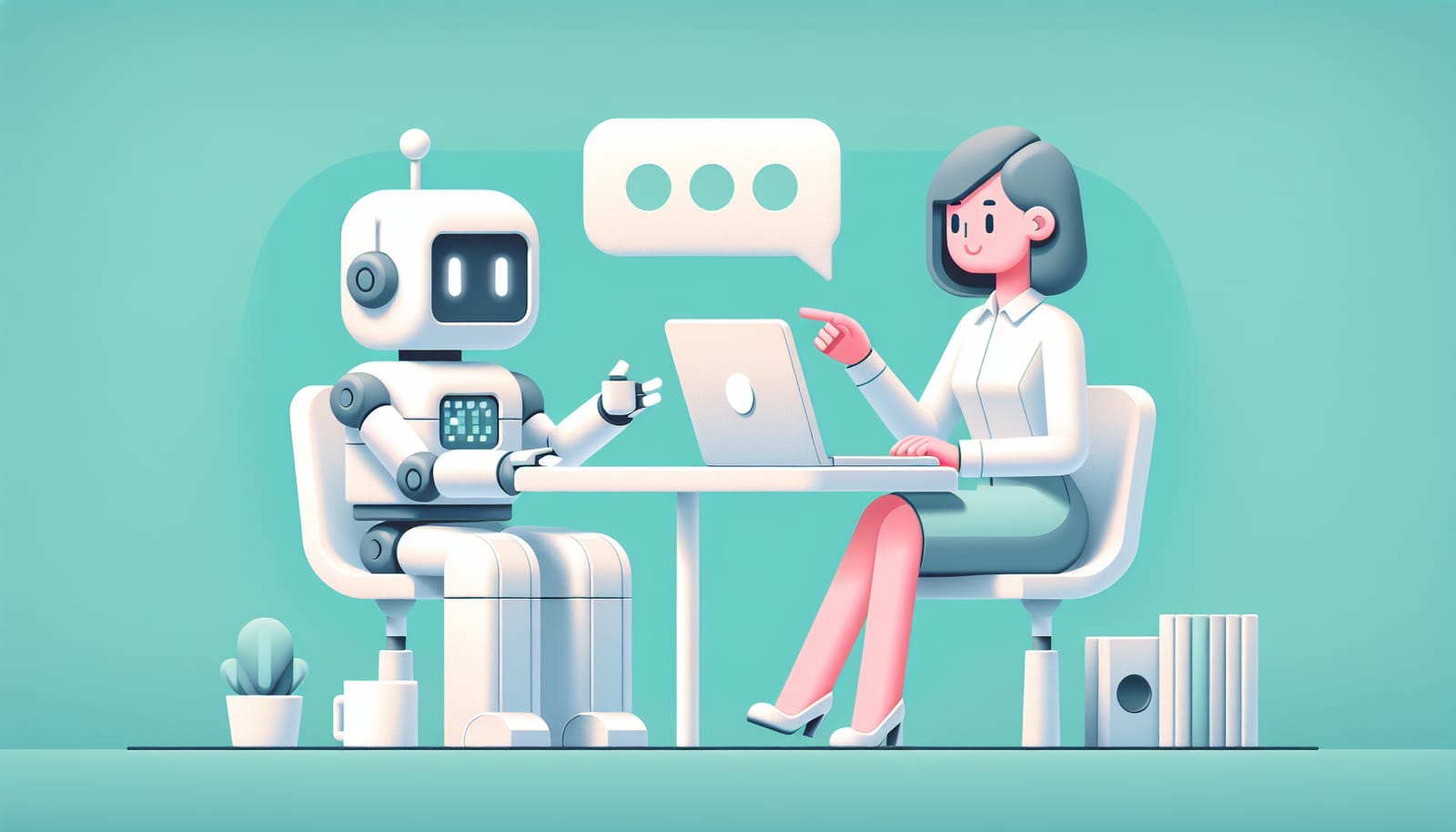The world of artificial intelligence (AI) is often portrayed as a battleground, where tech giants and nations race against each other to build the most advanced systems. This narrative, dubbed the "AI Arms Race," suggests that whoever develops the most powerful AI will dominate the future, leading to a chaotic competition reminiscent of the nuclear arms race during the Cold War. However, this perspective is not only simplistic but also misleading. Let’s explore why the “AI Arms Race” narrative doesn’t capture the full picture and what the real story is about AI today.
Understanding AI: What Is It Really?
Before diving into why the “AI Arms Race” is misleading, it’s essential to understand what AI is. At its core, AI is a branch of computer science focused on creating machines that can perform tasks typically requiring human intelligence. This includes recognizing speech, making decisions, translating languages, and more.
AI systems learn from data. You can think of them as highly advanced decision-makers that analyze patterns within vast amounts of information. For example, when you ask your smartphone to play your favorite song, it uses AI to understand your request and find the right music quickly.
The Reality of Collaboration vs. Competition
While it's easy to focus on competition, the actual landscape of AI development is marked more by collaboration than conflict. Researchers, companies, and governments around the world often share their findings and tools. This open exchange of ideas fosters innovation and helps prevent the monopolization of AI technology.
Many tech companies, including Google, Microsoft, and IBM, contribute to open-source AI projects. This means that anyone—yes, even you!—can access these resources to build their own AI applications. This spirit of collaboration not only accelerates progress but also ensures that AI technology benefits a broad audience.
The Importance of Ethics in AI Development
Another crucial aspect often overlooked in the “AI Arms Race” narrative is the ethical dimension of AI. As we develop smarter AI systems, we must consider the implications of their use. The potential for AI to affect our lives profoundly makes it essential to prioritize ethical guidelines and responsible practices.
For instance, companies are working hard to develop AI that is fair and unbiased. This involves reducing the potential for AI to make decisions based on discriminatory data. By ensuring that these systems are built with ethics in mind, we can create AI that serves everyone, rather than a select few.
The Diverse Applications of AI
One of the most exciting aspects of AI is its diverse applications across various fields. From healthcare to agriculture, AI is transforming industries in ways that can enhance our quality of life.
Healthcare: AI systems can help doctors diagnose diseases faster and more accurately. For instance, AI algorithms can analyze medical images to detect tumors that might be missed by the human eye.
Transportation: Self-driving cars are a prominent example of AI technology in action. These vehicles use AI to navigate roads and avoid obstacles, promising to make transportation safer and more efficient.
Environmental Conservation: AI is being used to monitor wildlife, track deforestation, and even predict natural disasters, allowing for timely intervention and protection of our planet.
These examples demonstrate that AI is not just about competition; it’s also about collaboration and making our world a better place.
The Human Element in AI
Despite all the talk about advanced algorithms and powerful computing, it’s essential to remember that AI is a tool created by humans for humans. The effectiveness of AI systems depends on the creativity, ethics, and intentions of the people behind them.
As AI continues to evolve, human involvement remains crucial. We need people to set goals, provide oversight, and ensure that AI technologies are aligned with our values. The future of AI will be shaped not just by algorithms but by the principles we choose to uphold.
A Bright Future: Embracing AI Together
As we move forward, rather than viewing AI development through the lens of an arms race, we should embrace it as a collaborative journey. The narrative should shift from competition to cooperation, focusing on how we can leverage AI to tackle global challenges.
Imagine a world where AI helps us solve problems like climate change, food scarcity, and healthcare access. This vision is not as far-fetched as it might seem. By working together and fostering a culture of innovation, we can harness the power of AI for good.
Conclusion: Rethinking the Narrative
In conclusion, the “AI Arms Race” narrative is misleading. The reality of AI development is one of collaboration, ethical considerations, and diverse applications that can enhance our lives. Instead of focusing on competition, let’s think about how we can work together to utilize AI responsibly and effectively.
AI has the potential to create a brighter future for everyone, but it requires our collective effort and vision. By fostering an environment of collaboration, ethics, and creativity, we can ensure that AI technology serves as a powerful ally in our quest for progress.
So the next time you hear someone reference the "AI Arms Race," remember that the real story is much more inspiring. Together, we can make AI a force for good in the world.
Let’s embrace this journey, work together, and shape a future where AI benefits all of humanity!


